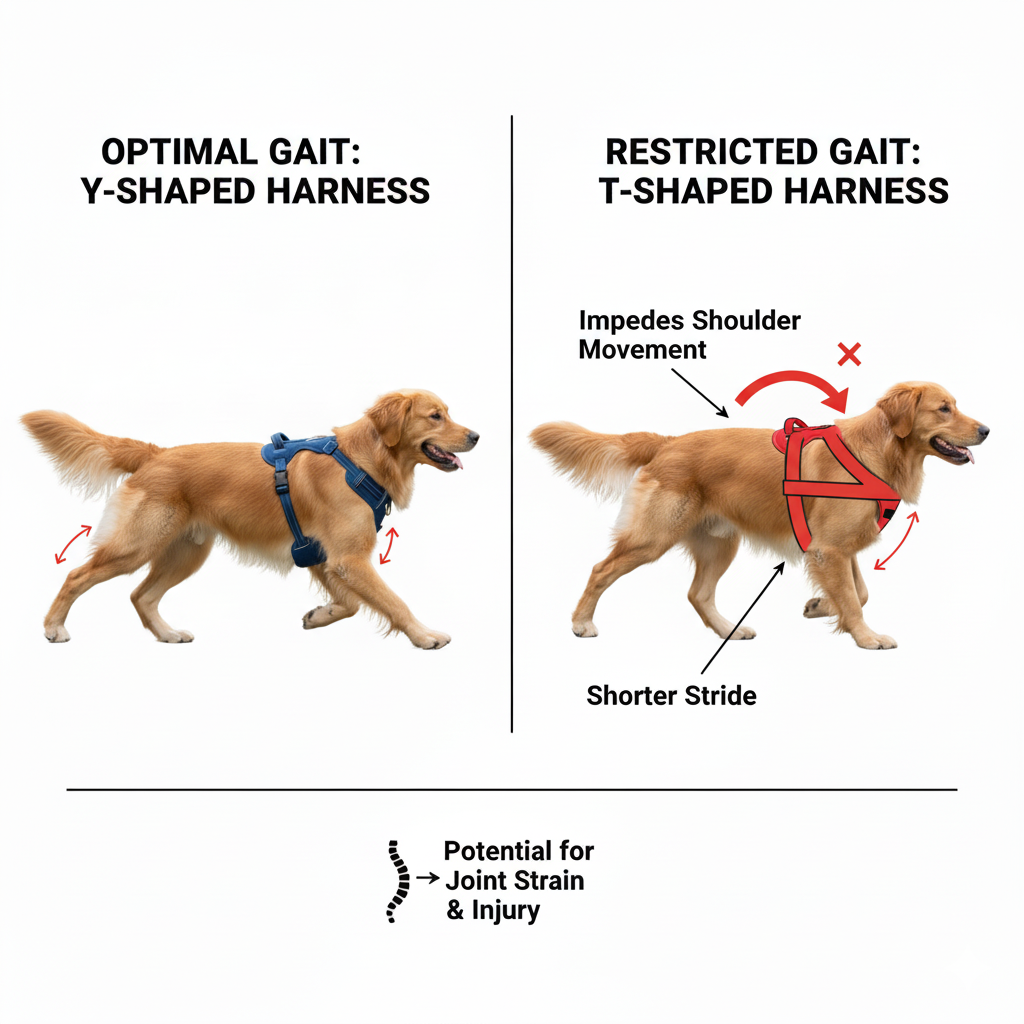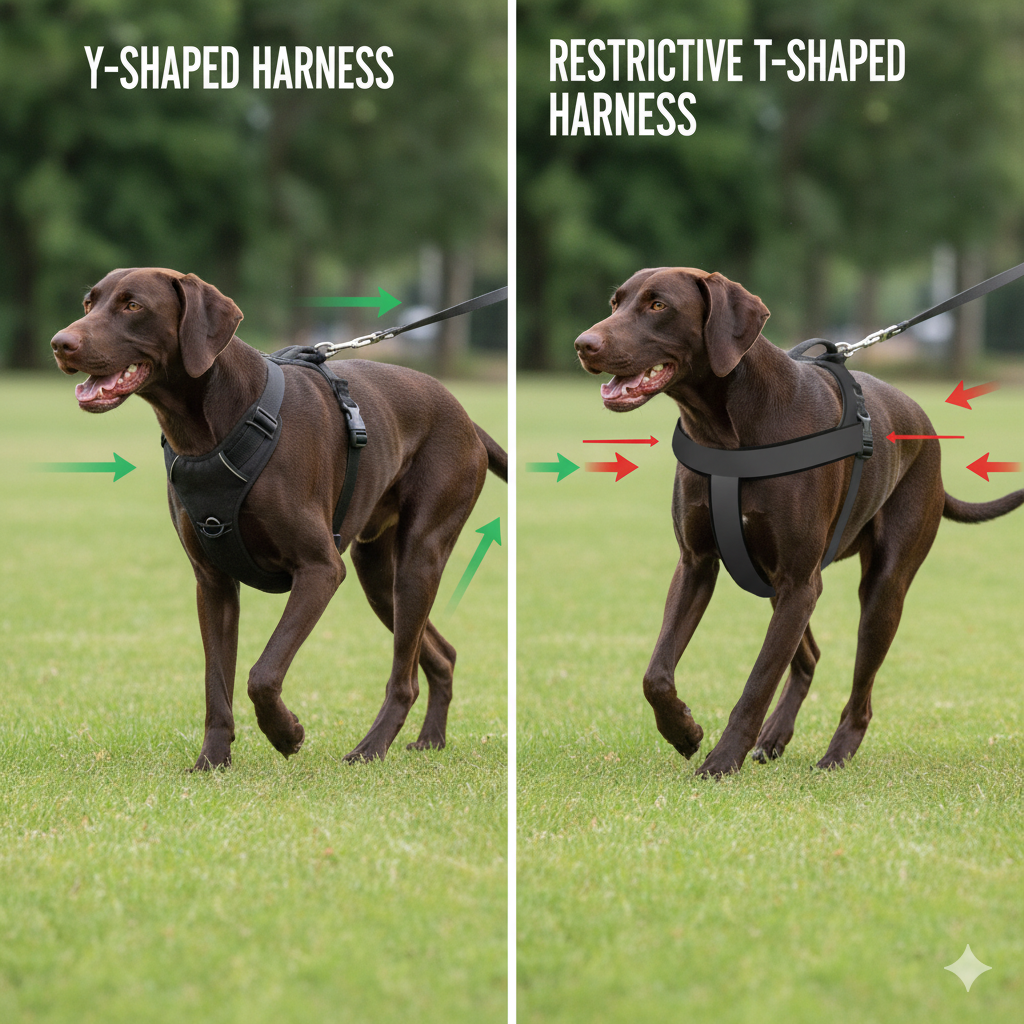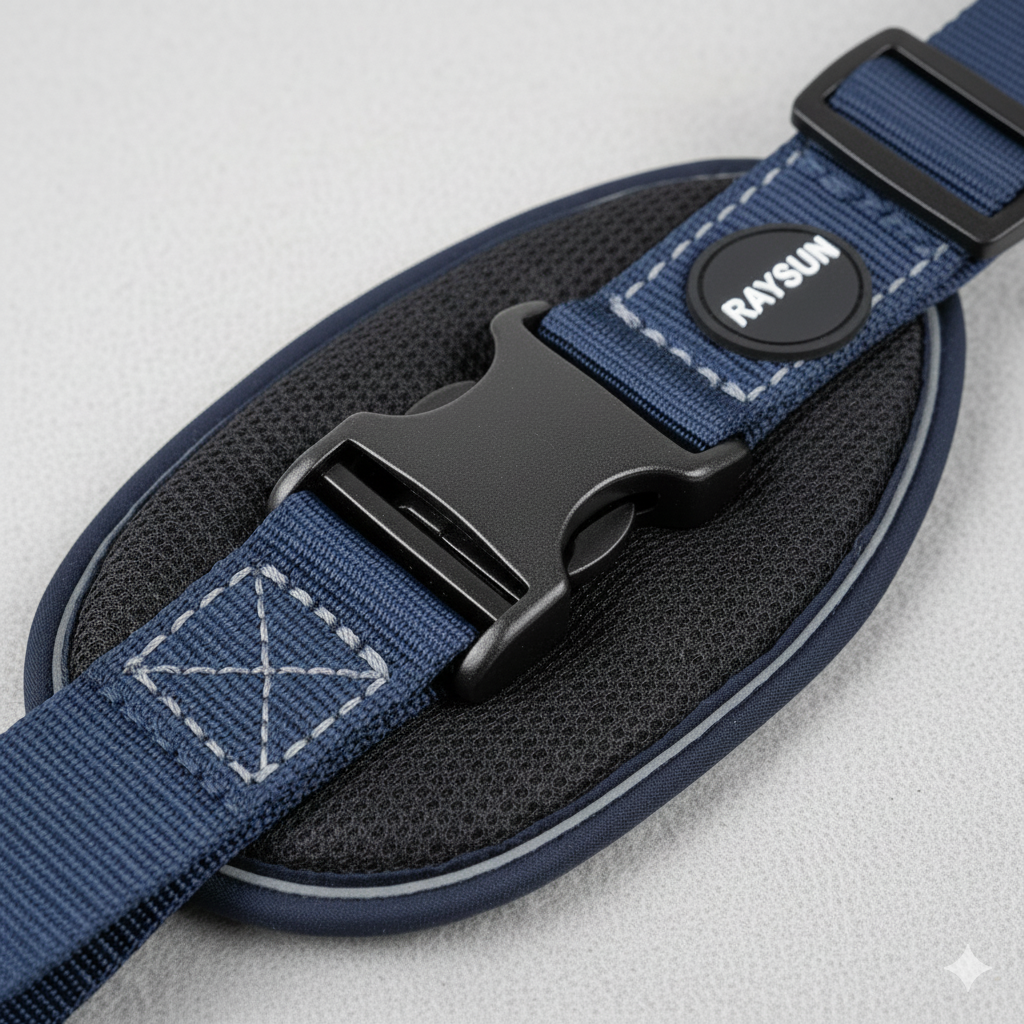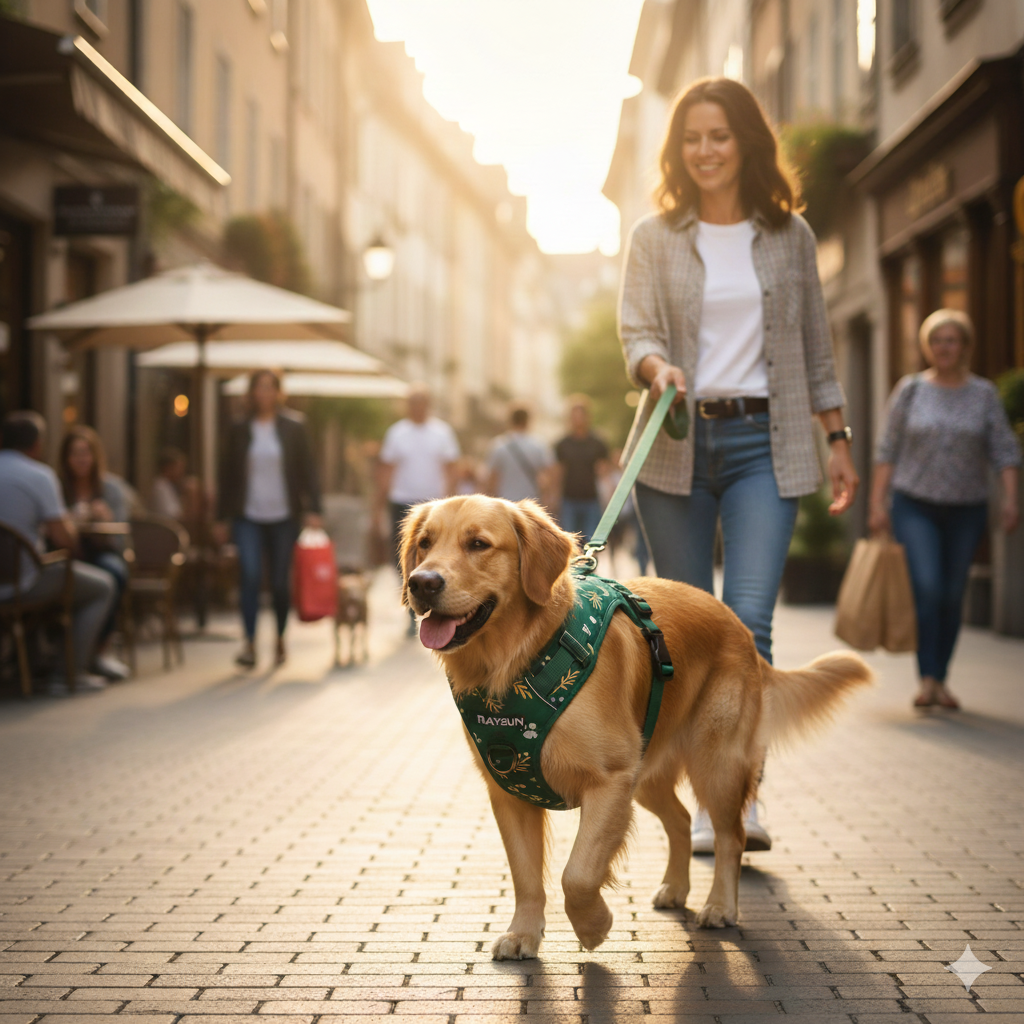Tired of your dog yanking your arm during walks? This constant pulling can ruin your experience and even be unsafe. A no-pull harness promises an instant solution for this struggle.
A no-pull harness, especially a front-clip design, is an effective management tool. It works by redirecting your dog's forward motion sideways, turning them back towards you. This discourages pulling without applying painful pressure, making it a humane training aid for better walks.

I have seen countless "miracle" products in my years designing dog gear. A no-pull harness can be one of them, but not all are created equal. Understanding the mechanics is key, especially for designers like us. Let's dig into the details and see what separates a great design from a gimmick.
How Do Front-Clip and Tightening Harnesses Actually Stop Pulling?
You see different no-pull harnesses on the shelf. Some have clips on the front, while others tighten around the body. It’s confusing to know which mechanism is better for your dog.
Front-clip harnesses redirect your dog's momentum by turning their chest and shoulders toward you when they pull. Tightening harnesses, or "constricting" harnesses, apply gentle, uniform pressure around the torso to discourage pulling. The front-clip design is generally preferred for altering pulling behavior directly.

As a designer, I've spent a lot of time analyzing these mechanisms. The difference is critical from both a functional and an ethical standpoint.
Front-Clip Harness Mechanics
The leash attaches to a D-ring on the chest strap. When the dog pulls forward, the leash pressure pivots their body from the chest. This is a simple physics concept. You disrupt their center of gravity and forward drive. It gives you steering control, much like reins on a horse. The key design challenge here is preventing the harness from shifting or chafing during this pivot. I always ensure the chest strap sits correctly above the shoulder joint, not on it. This placement is crucial for the harness to function without causing discomfort.
Tightening Harness Mechanics
These designs often have straps that pass under the dog's front legs. When the dog pulls, the straps tighten, creating a "hugging" sensation. Some brands market this as a calming pressure. But the design must be flawless. If it tightens too much or in the wrong spots, it can cause pain or restrict healthy movement. From a manufacturing perspective, ensuring consistent, safe pressure across different dog sizes is a major hurdle. I've seen prototypes fail because the tightening mechanism was too aggressive or didn't release pressure quickly enough. The choice of webbing and hardware is everything here to ensure safety.
Could a No-Pull Harness Affect Your Dog’s Natural Movement?
You want to stop the pulling, but not at your dog's expense. You worry that a restrictive harness might hurt their shoulders or change how they walk over time. This is a valid concern.
Yes, a poorly designed or improperly fitted no-pull harness can restrict a dog's natural gait. Models with a horizontal chest strap that sits low across the front can impede shoulder extension. It is crucial to choose a Y-shaped design that leaves the shoulder blades free to move.

This is a topic I'm passionate about because it blends ergonomics with animal welfare. I once consulted for a brand whose initial no-pull harness design was getting complaints about causing sores on dogs' shoulders.
The problem was the chest strap. It was a straight "T-bar" style that cut directly across the points of the shoulders. This design physically blocks the full range of motion for the front legs. Think about it like trying to run with a tight band across your own chest and shoulders.
The Importance of a Y-Shaped Front
A well-designed harness should have a Y-shaped opening at the front. The straps should rest on the dog's breastbone and clear the shoulder joints entirely. This allows for complete, uninhibited leg extension forward and backward.
Material and Fit Considerations
Even with a Y-shape, the fit is crucial. As designers, we must account for this with multiple adjustment points.
| Feature | Good Design | Poor Design |
|---|---|---|
| Chest Shape | Y-shaped, sits on breastbone | T-shaped, crosses shoulder points |
| Adjustment | At least 4-5 points of adjustment | Limited adjustment (e.g., only girth) |
| Padding | Padded at pressure points (chest, back) | No padding or padding in wrong places |
The goal is to control the dog without restricting natural biomechanics. This is a non-negotiable for me when developing any new harness.
What Design Elements Make a No-Pull Harness Truly Superior?
You know the basic types, but what specific features separate a premium harness from a cheap one? You want to design or choose a product that truly performs and lasts.
Superior no-pull harnesses combine ergonomic design with high-quality materials. Key elements include multiple adjustment points for a custom fit, a Y-shaped front to protect shoulder movement, durable hardware, and strategic padding on pressure points. A dual front-and-back clip option also adds great versatility.

When I work with product designers, this is where we really focus. The details determine if a harness is effective, safe, and durable enough to earn trust.
Material Selection is Foundational
The webbing is the skeleton of the harness. We need to balance durability with comfort. Nylon is strong but can be abrasive if it's low quality. Polyester offers better UV and water resistance. I often suggest a soft-sheen polyester or a specific type of nylon with a softer weave to prevent skin irritation. Padding is also key. Using a material like closed-cell foam wrapped in a soft mesh liner prevents chafing and distributes pressure evenly across the dog's body.
Hardware and Construction
Buckles and D-rings are common failure points. I always specify load-tested hardware in my designs. Plastic buckles can be strong, but for the leash attachment points, I prefer aluminum or stainless steel D-rings. They provide superior strength and peace of mind, especially for the front clip. The front D-ring placement must be perfect and reinforced with extra stitching, like a box stitch. It bears the full force of a pulling dog.
Versatility Through Multiple Clips
The best designs today often include both a front clip for no-pull training and a back clip for relaxed walks. This lets the harness adapt as the dog's training progresses. It's a simple addition from a manufacturing standpoint, but it elevates the product's utility for the customer immensely.
Conclusion
A no-pull harness is a powerful tool, not a magic wand. Choose a design that prioritizes your dog's safety and comfort, and combine it with positive training for success.
Cindy Long is the Sales Manager of Raysunpets and a pet lover with over 12 years of experience in exporting pet products. She specializes in providing customized dog chest carriers, leashes and pet accessory solutions for the European and American markets, always focusing on the real needs of customers and pets, and is committed to creating high-quality, practical and comfortable products that allow fur kids to live happier lives.


